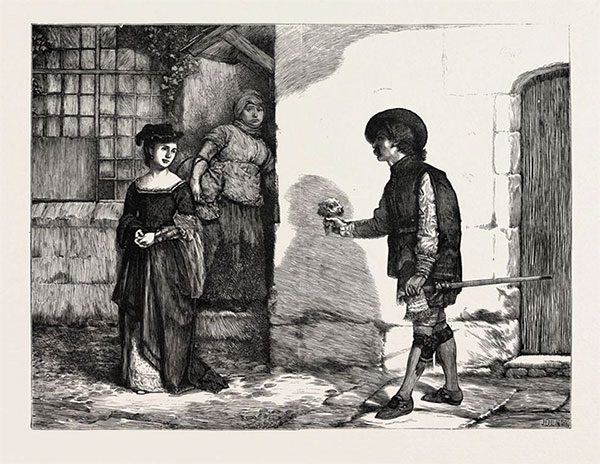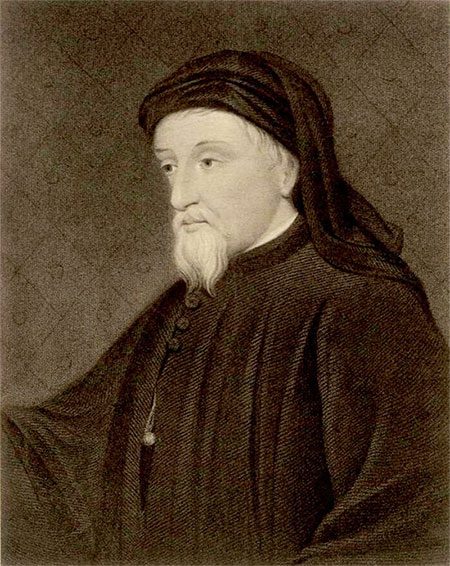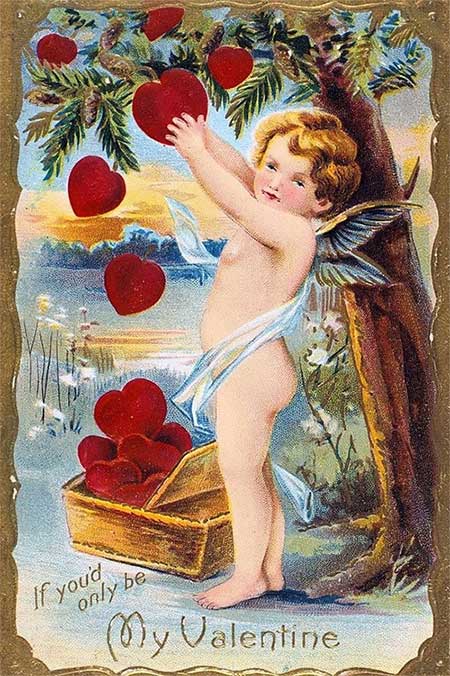Valentine’s Day originated from the sorrowful story of two saints named Valentine who were executed by the king. Many years later, poets and writers transformed February 14 into a holiday for couples, which has become popular to this day.
When discussing the origins of Valentine’s Day, experts agree that it is quite complex. Today, the meaning of Valentine’s Day is closely associated with love and romance, evoking images of chocolate boxes, bouquets of flowers, and romantic dinners.
For children, it is a time to indulge in chocolate and bring gifts from home to show off to friends at school. However, delving deeper into the history of February 14 reveals a rather grim and dark background.
Not everyone knows the history of Valentine’s Day. Historians and scientists have debated the details of this holiday. Nevertheless, there is one theory widely accepted from ancient Rome through the Middle Ages to modern times.
The Origin of the Name Valentine
February 14 is named after Saint Valentine. According to the New York Times, this holiday is based on the story of two men. Two men named Valentine were executed by Roman Emperor Claudius II on February 14 (though in different years) in the 3rd century.
At that time, people believed that the Catholic Church may have established St. Valentine’s Day to honor these men, whom they viewed as martyrs.

Valentine’s Day originates from the story of Saint Valentine being executed.
One of the two men was Saint Valentine of Terni, who secretly performed marriages for Roman soldiers against the emperor’s wishes, making him a symbol of love.
Another story relates to the modern practice of writing love letters. Folklore suggests that Saint Valentine wrote the first “Valentine’s Day” greeting to a young girl he had tutored and fallen in love with while imprisoned.
According to The History Channel, before his death, he wrote a letter to his girlfriend signed “From your Valentine,” a phrase that remains popular today.
However, these romantic anecdotes are merely legends. Very little historical information is known about the martyrs named Saint Valentine. So much so that in 1969, the Roman Catholic Church removed this holiday from its calendar, although Saint Valentine is still recognized as a saint.
Valentine’s Day Becomes Popular
Today, Valentine’s Day is an occasion for couples to express their feelings. However, this holiday did not symbolize love until the Middle Ages. The person who changed the public’s perception of Valentine’s Day was poet Geoffrey Chaucer.
The late scholar Jack B. Oruch, an English professor at the University of Kansas, identified that Chaucer was the first to link love with Saint Valentine in his works from the 14th century, including The Parliament of Fowls and The Complaint of Mars.
As such, Oruch claims that Chaucer “invented” Valentine’s Day, transforming it into a celebration as we know it today.

Geoffrey Chaucer contributed to making February 14 a holiday for couples.
At the time Chaucer wrote his love poem, February 14 also coincidentally marked the first day of spring in England, as it was the beginning of the mating season for birds. This was entirely appropriate for a celebration with romantic significance.
In fact, The Parliament of Fowls by Chaucer is entirely about birds (albeit anthropomorphized in the poem) gathering to choose their mates. This anthropomorphism was widely recognized by the public as a representation of feelings.
From Chaucer’s poems, the great playwright Shakespeare later popularized this celebration in literary works. Soon, people began writing and exchanging love letters to commemorate Valentine’s Day, according to New York Times.
The mid-19th century marked the beginning of the commercialization of Valentine’s Day as we know it today. Victorian men wooed women with flowers. Richard Cadbury created the first heart-shaped chocolate box. The New England Confectionery Company began rolling out the first version of Conversation Hearts.
During this time, Esther Howland, known as the mother of Valentine’s Day in America, who was just in her twenties, popularized the English-style Valentine’s Day customs in the land of the Stars and Stripes. She created and produced elaborate yet affordable greeting cards, making Valentine’s Day increasingly meaningful in the eyes of many.

Cupid is one of the essential deities of Valentine’s Day.
In the early 1910s, an American company began distributing official “Valentine’s Day cards.” From then on, history changed dramatically. Valentine’s Day became popular not only in America but spread worldwide.
Besides the saint named Valentine, Valentine’s Day also features Cupid (the God of Love) – the deity often depicted as a winged child appearing on cards and gifts related to Valentine’s Day.
In Roman mythology, Cupid is the son of Venus, the goddess of love and beauty. He is famous for shooting arrows at both gods and mortals, causing them to fall in love instantly.
While it is unclear exactly when Cupid was incorporated into the Valentine’s Day narrative, he remains an indispensable symbol used to express love between couples.


















































